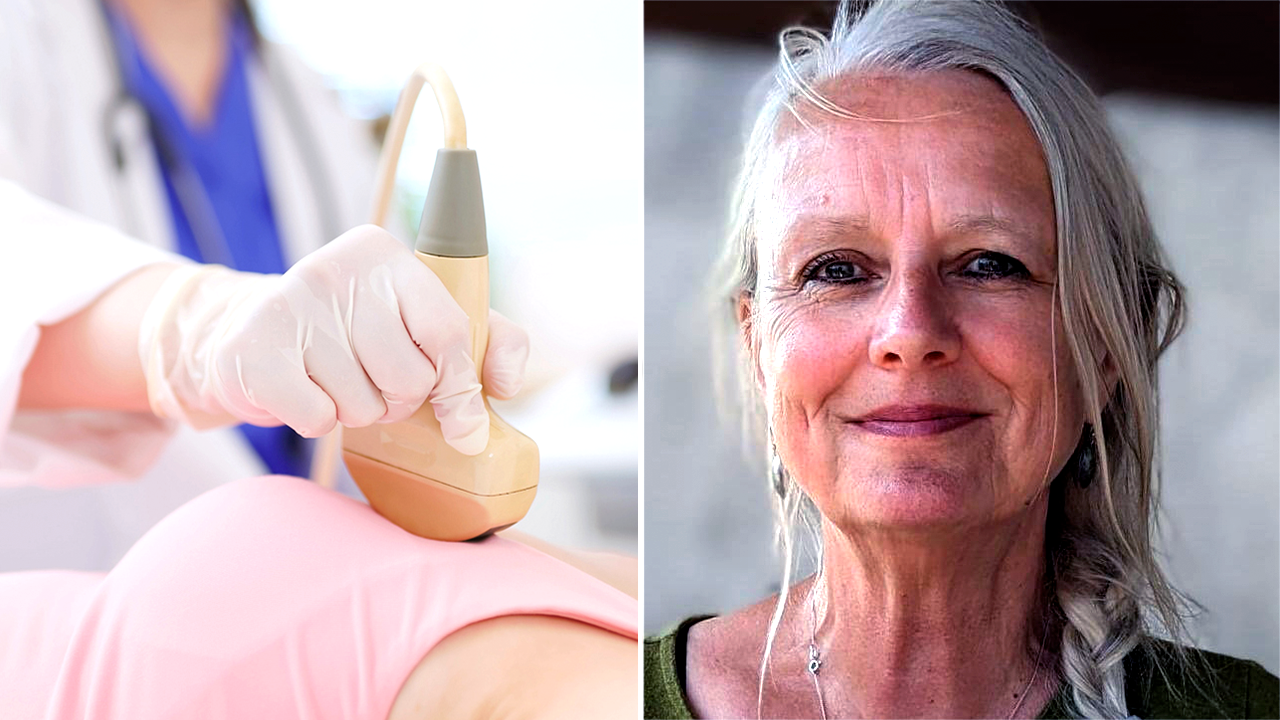- In an published editorial, a public health expert says she believes that physicians should be more cautious when diagnosing someone with prediabetes because of the potential harm it can cause.
- However, in a second editorial another expert states that prediabetes can lead to serious health issues and should be diagnosed as early as necessary.
- Other experts say treatment for prediabetes should be unique to the patient with lifestyle factors being the first-line treatment and medications considered when lifestyle changes do not work.
Is prediabetes overdiagnosed?
Experts disagree over how and when to screen for this potential precursor to type 2 diabetes in two opposing opinion pieces published today in the journal Annals.
In one editorial, Rani Marx, PhD, MPH, an epidemiologist who is the director of the Initiative for Slow Medicine, argues that prediabetes is diagnosed too quickly sometimes and that can cause more harm than good.
She notes it is stressful when a medical professional tells a person they have prediabetes. She says many people incorrectly assume their condition will automatically progress to type 2 diabetes.
Marx said the diagnosis can cause people to go through unnecessary medical visits and laboratory tests. This can lead to additional costs, such as deductibles and copayments.
In an opposing editorial, Dr. Jonathan Gabison, an assistant professor in the Department of Family Medicine at the University of Michigan, suggests that prediabetes is a crucial health stage and medical professionals should address and treat it early.
Gabison says prediabetes can signal the initial stages of metabolic syndrome, which increases the risk of cardiovascular disease, some common cancers, and neurocognitive disorders.
Type 2 diabetes is a preventable disease, both authors agree.
However, Gabison and Marx don’t necessarily agree on who is at high risk and who is a good candidate for preventive intervention.
“Prediabetes is not an emergency but an opportunity to assess and minimize long-term risks. Before jumping into treatment, I like to ensure that the individual is at increased risk by reviewing other indicators of metabolic health,” Gabison told Medical News Today. “Prediabetes should be addressed primarily through lifestyle modifications, focusing on improving nutrition, physical activity, and sleep patterns.”
“Treatment is personalized and if lifestyle changes are insufficient or challenging to implement, identifying underlying barriers becomes crucial,” he added. “In such cases, medications may be considered as part of a comprehensive plan to manage or reverse prediabetes or help overcome their barriers. Understanding an individual’s lifestyle and root causes is key to effective treatment.”
Other experts say more concrete definitions as well as the ability to tailor treatment to an individual are needed.
“The author raises a very important topic regarding the diagnosis of dysglycemia by current standards and the poor correlation between the definitions,” said Dr. Eliud Sifonte, an endocrinologist at NYU Langone Medical Associates — West Palm Beach and Delray Beach in Florida. “When applying findings of population-based studies to clinical practice, it is important to always take into consideration other factors that could be contributing to the specific test outcome or to the patient’s situation.”
“I believe the example case provided by the author highlights the need for more concrete definitions at the guideline level but also provides a good example of when the practitioner needs to individualize care and potentially refer to a specialist like an endocrinologist for further evaluation of this elevation in hemoglobin A1C despite an apparent healthy lifestyle,” Sifonte told Medical News Today. “Referral to a nutritionist to review dietary patterns would also be recommended in settings like this example. In this and similar cases, obtaining a 1-hour post-75-gram glucose load blood glucose value could be of significant value.”
In March 2024, the
“I see this as a potential problem,” said Dr. Pouya Shafipour, a family and obesity medicine physician at Providence Saint John’s Health Center in California.
“People sometimes scare themselves because they use these machines without understanding how to use them or how to interpret the results,” Shafipour told Medical News Today. “They may not understand that exercise or a hot shower can raise your A1C. They see elevated numbers and panic. I can see how this happens because although I don’t have diabetes, I did use [a monitor] to be informed. I saw an elevated number and worried about it – and I am a doctor who regularly treats this. I think people need to be very careful when using these without coordination with their doctor.”
Prediabetes is when blood glucose levels are higher than normal, but not yet high enough to be in the diabetic range, according to the American Diabetes Association.
Since type 2 diabetes develops over time, many people with prediabetes are at risk of developing diabetes. However, not everyone with prediabetes will advance to diabetes, particularly with lifestyle interventions. Because there are no clearly defined symptoms of prediabetes, people find out when they have routine blood tests that include checks for their blood glucose levels.
A1C levels are also important. Levels between 5.6% and 6.4% indicate prediabetes. Above 6.4% is considered diabetes.
“A one-time A1C reading doesn’t indicate prediabetes,” explained Shafipour, “If there is a reading that falls between 5.6% and 6.4%, we would look at potential causes, such as medication side effects. We also would look at eating habits – doing a 24-hour food recall and exercise levels.”
“The first step would be coaching and suggesting changes if needed,” Shafiour said. “Then we would repeat the test in a few weeks. Certainly, we aren’t looking to scare the person or cause undue stress.”
Prediabetes occurs when your body doesn’t effectively use insulin. Insulin regulates blood sugar and when this process doesn’t work, blood glucose levels are higher.
People with prediabetes have a higher risk of developing type 2 diabetes.
People who have a higher risk of prediabetes include those who:
In addition, women who have polycystic ovary syndrome, had gestational diabetes, or gave birth to a baby weighing 9 pounds or more, are also more at risk of prediabetes and diabetes.
However, people with prediabetes don’t always end up with type 2 diabetes. Lifestyle changes, such as daily exercise and eating a healthy diet, can delay or prevent the onset of diabetes.
“As a non-clinician, I can’t comment on treatment,” Marx told Medical News Today. “However, based on the scientific literature and my own experience as a patient, I believe that persons at low risk who are classified as having prediabetes according to CDC guidelines should not be frightened into thinking they are ill or on an inevitable path toward diabetes. Rather, they should be engaged in thoughtful discussions with their clinician regarding risk factors for developing disease and healthy life choices.
Read the full article here












